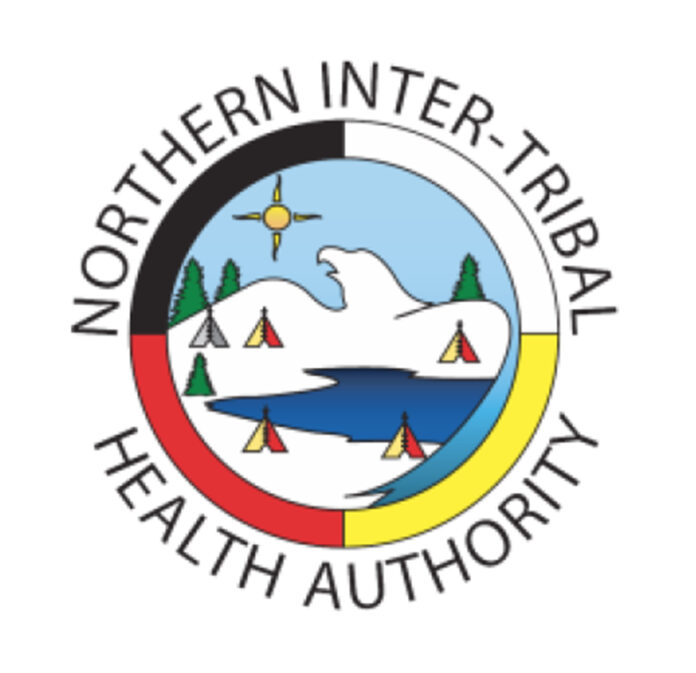Residents of the Northern Saskatchewan Administrative District are being advised against all travel that is not essential, effective immediately.
Medical Health Officers for NITHA and the Athabasca Health Authority are concerned about the increasing COVID-19 case numbers in the north, especially with the current highly-contagious Omicron variant.
The advisory is a precautionary measure meant to slow down the spread of the virus in order to avoid severe impacts on workplaces, schools, businesses, health and other critical services.
Health Officers would like all non-essential travel to end immediately and stay that way until the end of February at which time the advisory will be reviewed.
As of Jan. 19, NITHA communities have 188 active infections, with the most concentrated numbers in the Far North East at 95 active cases.
The zone includes communities ranging from Deschambault Lake, Hatchet Lake, Pelican Narrows and Stanley Mission.
The Far North West (Buffalo River, Flying Dust, Waterhen and others) has 35 active cases while the North East (Cumberland House, James Smith, Red Earth and Shoal Lake) has 30 known cases.
The North Central zone (Montreal Lake, Little Red River, Sturgeon Lake and Wahpeton) has 20 active cases and the Athabasca area has eight.
“Many of these cases are linked to travel outside northern communities – to areas in the south, and out-of-province, where there are currently higher rates of COVID-19 community transmission,” said NITHA in an alert posted to its website and social media pages.
They also would like travel between communities in the NSAD be limited and only involve essential services.
Examples of essential services can be found in Appendix A of the Province’s Public Health Order available on the Government of Saskatchewan website.
The advisory is based on evidence and the recommendation of regional Medical Health Officer and is not a restriction under the current Chief Medical Health Officer’s Public Health Order, which includes the entire province.
People are asked to watch for the symptoms of the virus, including fever, cough, headache, muscle and/or joint aches, pains, sore throats, chills, runny nose, congestion, conjunctivitis (pink eye), dizziness, fatigue, nausea/vomiting, diarrhea, loss of appetite, loss of taste or smell, shortness of breath or difficulty breathing.
Vaccination against the virus remains the best way to avoid severe outcomes such as hospitalization or death.
Of the 37 new cases reported in NITHA communities on Jan. 19, 17 were in fully vaccinated people, 11 were in unvaccinated people and seven were in partially vaccinated people. Two cases were in those not eligible for vaccination.
Vaccination rates are as follows, 45,331 doses have been administered with 24,939 being a first dose, 17,829 were second doses and 2,563 people have gotten a third (booster dose).
Of those, there were 26 adverse events with one designated as serious. According to Health Canada, the most frequent serious adverse reaction is a tingling or prickling feeling and the second is vaccination site pain.
There are no current hospitalizations of residents from NITHA communities.
To date, there have been 48 deaths following infection amongst NITHA community members.
Well-fitting masks and keeping contact with others limited also reduces the spread.
People are asked to maintain handwashing protocols or use sanitizer and to test themselves regularly using rapid antigen tests that are freely available.


